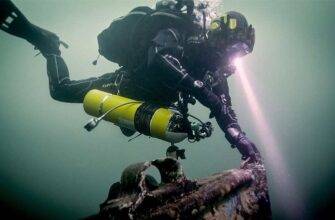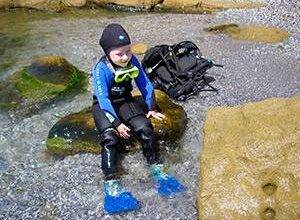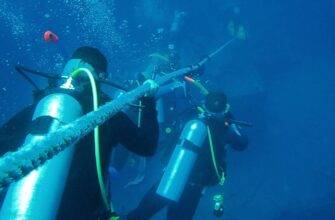Bacteria are responsible for several steps in the nitrogen cycle, including converting atmospheric nitrogen into a form accessible to other organisms (ammonia) and denitrification (returning gaseous nitrogen to the atmosphere and water).
The burning of fossil fuels, forest fires, lightning, and volcanic activity also produce some nitrogen oxides and nitrous acids that are released into the soil and water. Nitrogen in diving.
The nitrogen cycle consists of four fundamental steps:
Assimilation: absorption of nitrogen by living organisms,
Decomposition: conversion to ammonium by bacteria processing animal urine,
Nitrification: conversion of ammonium to nitrates,
Denitrification: conversion of nitrates into nitrogen gas.
Oxygen
Most organisms (but not all) need oxygen to breathe. Respiration is the process of oxidizing carbohydrates, releasing energyused for vital functions. Oxygen is a very active element (it combines easily with other substances), which is essential for this reaction. Even autotrophs, which produce oxygen during photosynthesis, use this gas during respiration.
Most of the oxygen dissolved in water is a byproduct of photosynthesis. A small amount of oxygen also enters water from the atmosphere. As a result, the surface layers of the world’s oceans are rich in oxygen while the depths are usually poor, indicating the key role of plants in the distribution of oxygen. It is important to know this for safe diving.
At greater depths, there is not enough light for photosynthesis, so there is less oxygen and fewer living organisms.
Read More:




